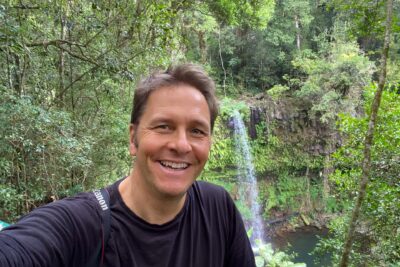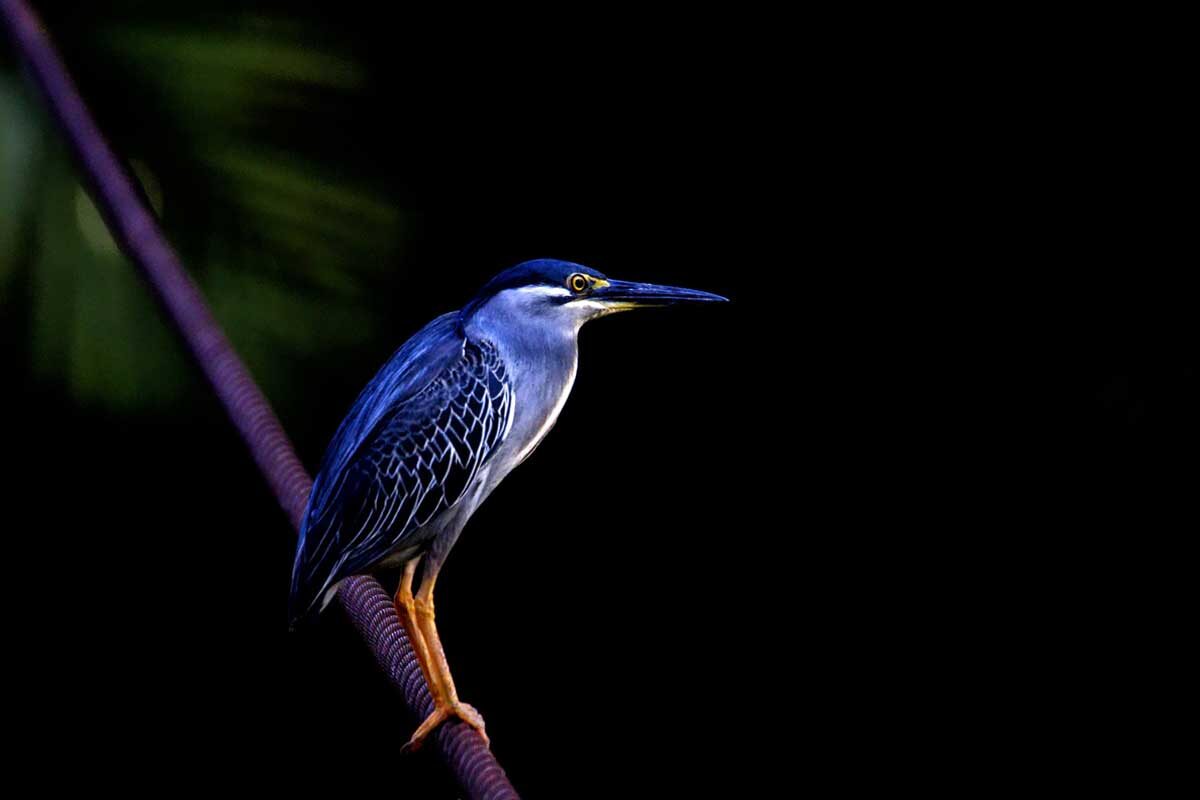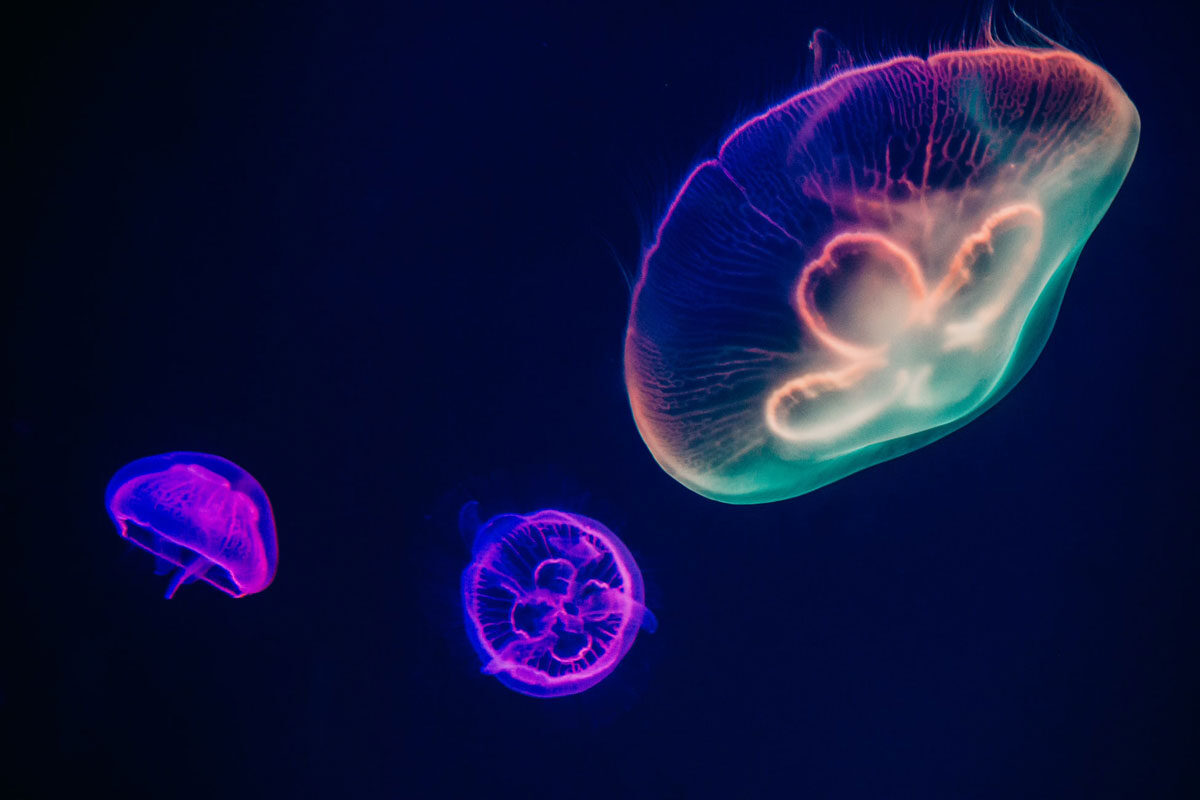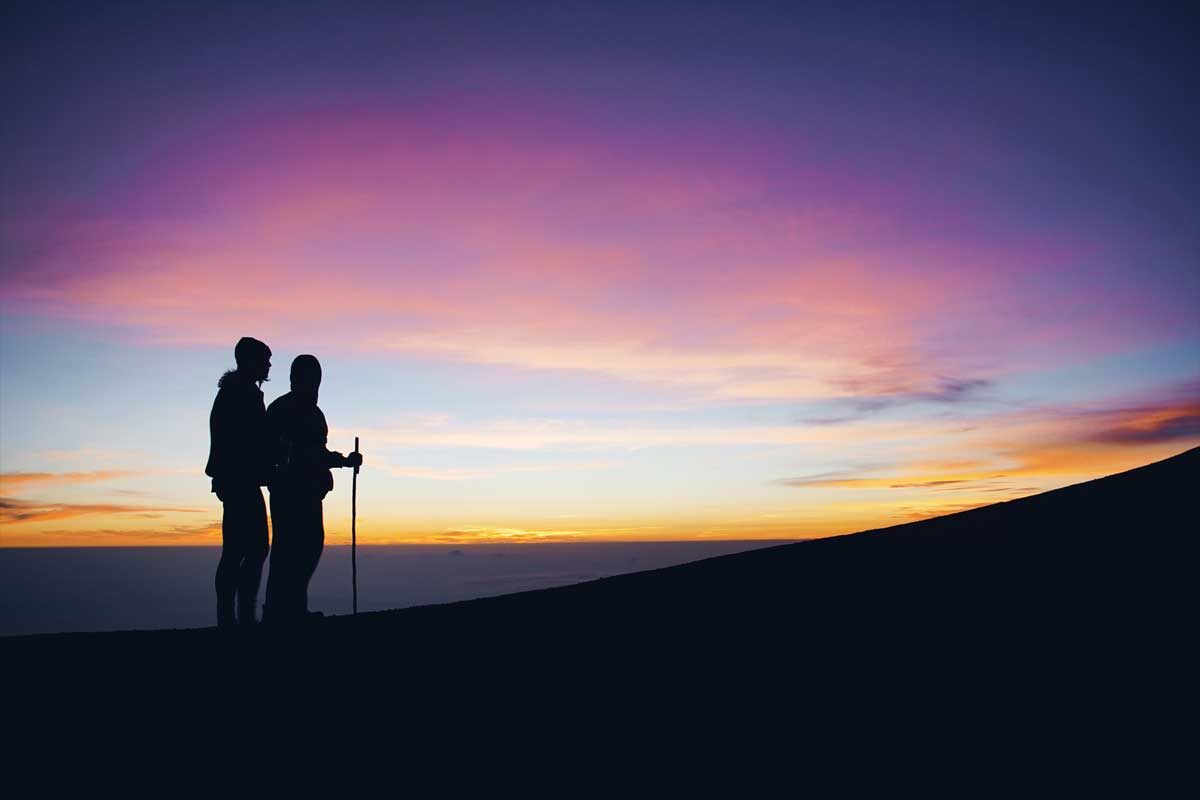
Great Rift Valley
Tipilikwani Mara Camp
This tented camp, on the Talek River, sits on the boundary of the Maasai Mara National Reserve and provides a wonderfully comfortable and exuberant safari camp experience. The local Maasai community provide talks on their heritage as well as perform traditional dances. East Africa’s ‘Big 5’ are all present in the Maasai Mara, while its black rhinoceros constitute the final remaining native population in Kenya, where their presence is not because of reintroductions.
Staff are recruited from the local area and provide a naturally warm style of hospitality which will greatly enrich your stay in the bush. Fine cuisine is prepared, cooked and served, whilst the guiding service exudes professionalism and experience. You can choose to privately dine out on the veranda, or even under the stars, or eat in a communal setting in the spacious, open-sided dining area.
Looking at the Masai Mara today, with its vast unspoiled plains teaming with wildlife, you’d be forgiven in thinking that the park has been this way for thousands of years. However, the reality is very different. Trophy hunting and farming decimated the park through the late 1800s and 1900s, to the point that there were only nine lions remaining in the park by 1961 (there are now nearly nine hundred).
Wildebeest numbers had also been decimated by disease and hunting. So much so, that the remaining 200,000 or so animals kept mostly to the fertile grasslands of the southern Serengeti, with no real need to look for fresh grazing. The ‘Great Migration’, as we now know it, only started in the 1960s when the wildebeest population boomed to the point where the grasslands of the Serengeti could no longer sustain such a large herd all year long. So, the animals started to head to the grasslands of the Masai Mara each year to sustain their collective insatiable appetite. The migration now numbers up to two million animals and is one of the world’s greatest natural spectacles.
It’s no accident that this recovery in the Mara’s fortunes coincided with the boom of wildlife tourism in the area. The revenue raised through wildlife tourism soon showed the unsustainability of trophy hunting and the was practise was abruptly stopped. Park fees funded an effective conservation and anti-poaching effort which led to dramatic increases in wildlife numbers. Local Maasai landowners soon realised the potential returns from tourism and they moved cattle from their lands to create wildlife conservancies in the areas bordering the park, greatly increasing the size of the protected area.
Tourism and wildlife conservation go hand in hand in the Masai Mara like nowhere else in the world. One simply couldn’t survive without the other. It is heartening to know that your visit here will be directly sustaining one of the world’s greatest wildlife areas for years to come.
Facilities
Open-sided dining and lounge area, swimming pool, charging facilities, Wi-Fi.
All tents have showers and the family tents have stand alone bath tubs additionally.
Local Wildlife
Lion, leopard, cheetah, aardwolf, spotted hyena, bat-eared fox, side-striped jackal, honey badger, banded/slender/dwarf mongoose.
Plains zebra, wildebeest, giraffe, elephant, cape buffalo, hippopotamus, bushbuck, antelope, topi, bushbuck, Thomson's gazelle, Coke's hartebeest, waterbuck, common eland, oribi, Grant's gazelle, klipspringer, impala, Kirk's dik dik.
Pangolin, vervet monkey, olive baboon, red-tailed monkey, warthog, bushbaby, aardvark, African hare, spring hare, crested porcupine, straw-coloured fruit bat.
Optional Activities
Safari game drives, bush breakfast/dinner, picnic lunches, cultural visits, lessons on Maasai culture, cultural displays by Maasai warriors.

Jonathan Morris
Area Specialist
Time your visit between the months of June and October if you wish to witness the annual migration of wildebeest and zebra in the Maasai Mara.
If you have any questions regarding our Kenya tours, please feel free to contact me on +44 (0)1803 866965


















